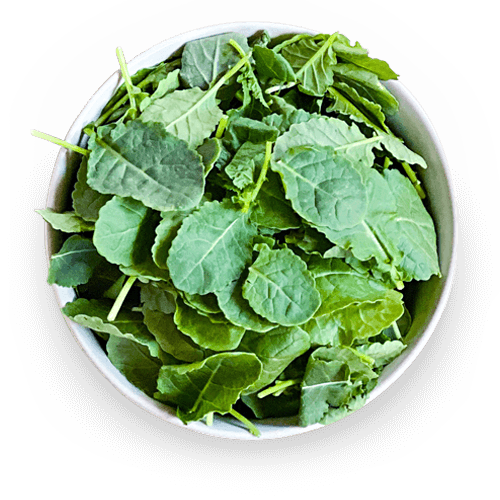
Baby Kale: A Nutritional Powerhouse for Optimal Health
Introduction
In the realm of leafy greens, baby kale stands out as a nutritional powerhouse, offering an impressive array of vitamins, minerals, and antioxidants. This versatile vegetable has gained immense popularity in recent years due to its exceptional health benefits and culinary versatility. Whether consumed raw, cooked, or juiced, baby kale packs a punch of nutrients that can significantly enhance overall well-being.
Nutritional Profile
Baby kale is a nutrient-dense food that boasts an impressive nutritional profile. It is an excellent source of:
- Vitamin K: Essential for blood clotting and bone health
- Vitamin C: A powerful antioxidant that supports immune function
- Vitamin A: Crucial for vision, skin health, and immune system
- Calcium: Necessary for strong bones and teeth
- Iron: Vital for red blood cell production and oxygen transport
- Magnesium: Plays a role in muscle function, nerve transmission, and blood sugar control
- Potassium: Regulates blood pressure and supports heart health
- Antioxidants: Protects cells from damage caused by free radicals
Health Benefits
The remarkable nutritional content of baby kale translates into a wide range of health benefits. Regular consumption of this leafy green has been linked to:
- Improved Heart Health: The high levels of antioxidants and potassium in baby kale help reduce inflammation, lower blood pressure, and improve cholesterol levels, all of which contribute to a healthier heart.
- Stronger Bones: The abundance of calcium and vitamin K in baby kale supports bone density and reduces the risk of osteoporosis.
- Enhanced Immune Function: The potent combination of vitamin C and antioxidants in baby kale strengthens the immune system, protecting against infections and diseases.
- Reduced Inflammation: The antioxidants in baby kale combat inflammation throughout the body, which can alleviate conditions such as arthritis, asthma, and inflammatory bowel disease.
- Improved Digestion: The fiber content in baby kale promotes regular bowel movements and supports a healthy digestive system.
- Weight Management: Baby kale is low in calories and high in fiber, making it an ideal food for weight loss and maintenance.
Culinary Versatility
Baby kale’s mild flavor and tender texture make it a versatile ingredient that can be incorporated into a variety of dishes. It can be:
- Eaten Raw: Added to salads, sandwiches, and wraps for a nutritional boost
- Cooked: Sautéed, steamed, or roasted as a side dish or added to soups and stews
- Juiced: Extracted into a nutrient-rich juice that can be consumed on its own or combined with other fruits and vegetables
Growing Baby Kale
Growing baby kale is relatively easy and can be done in both gardens and containers. Here are some tips:
- Soil: Baby kale prefers well-drained soil rich in organic matter.
- Sunlight: Plant in a location that receives full sun to partial shade.
- Spacing: Sow seeds 1-2 inches apart and thin seedlings to 6-8 inches apart.
- Watering: Water regularly, especially during hot, dry weather.
- Harvesting: Baby kale can be harvested when the leaves are 4-6 inches long.
Conclusion
Baby kale is an exceptional leafy green that deserves a place in every healthy diet. Its nutrient-rich composition offers a multitude of health benefits, including improved heart health, stronger bones, enhanced immune function, reduced inflammation, improved digestion, and weight management. Whether consumed raw, cooked, or juiced, baby kale is a versatile ingredient that can easily be incorporated into a variety of dishes. By adding this nutritional powerhouse to your daily routine, you can reap the numerous benefits it has to offer and optimize your overall well-being.
